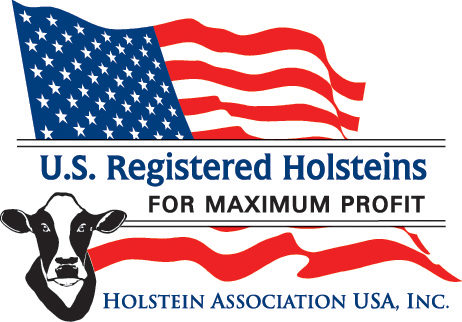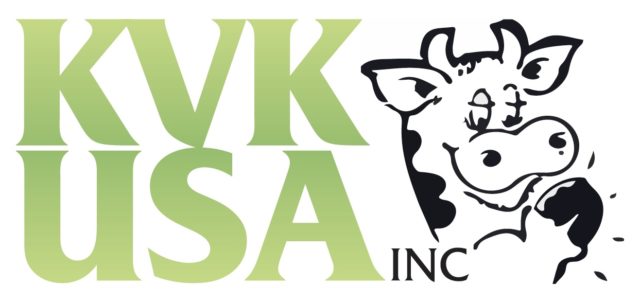Editor's note: CEO Corners are editors' compilations of business news from top publications, which they have tailored for the dairy industry. United’s forced removal of a passenger from an overbooked flight offers several lessons for dairy producers. Here were my three general takeaways for dairy producers from the incident:
1) Assume cameras are everywhere
Even if you have banned employees from using cell phones on the job, one must assume they are still everywhere. Anything and everything could be caught on camera on a dairy. Is your dairy ready for that?
One idea to prepare for public scrutiny is for you personally to film your dairy farm and employees doing their everyday work. Take some video of herd checks, feed mixing, milking, etc. Show the video to friendly non-ag members of your community. Ask them to describe what they see in the video and guess what is going on. You’ll be amazed at the things they notice that to you are commonplace.
2) Have a crisis plan for multiple scenarios
From the news I’ve read this week, it’s unclear why seated passengers were being asked to “take a later flight.” Usually those “overbooked” situations are clarified before boarding begins. If United did have a protocol for such situations, they aren’t sharing what it is or why it resulted in a dramatic viral video. Have you thought through all the potential situations that could thrust your dairy in the limelight?
It’s unlikely you’ll be able to imagine them all, but I would suggest going through a few mock scenarios. That exercise will help you and your dairy team clarify what situations are a crisis, how risky they are, what can be done to prevent them and who on your dairy should be involved should one arise.
Here’s a link to the start of a spreadsheet you can use to begin the process of crisis planning. We’ve pre-populated it with a few obvious crises and problems you might face. Talk with your dairy team about other possible situations. Work together to find plausible solutions.
3) Know consumers’ hot-button issues
The United incident this week has encouraged me to look for resources to help dairy producers understand what consumers’ hot-button issues are.
For example, I know for our audience that the cleanliness of cows being milked in the parlor is a hot-button topic. Dairy producers expect a certain level of cleanliness. If I place an image with cows that are “too dirty” on the cover of our magazine, I’ll hear about it.
The same thing is true on dairy farms. I’m doing my homework to find out what those consumer expectations are.
Without knowing specifics, I would bet that anything that involuntarily compels an animal to do something should be given special care. The movement of down cows is one of those sensitive procedures. That might be one of those procedures to film on your dairy and share with a trusted non-ag friend. Ask them to describe what they are feeling while watching it. Then consider what you can do to improve the “optics” of those events.
I’ll share my list of what makes consumers most squeamish in an upcoming issue. Feel free to use it for crisis planning.
Does the ‘Pick 3’ rule apply on dairies?
Recently Inc. magazine published an article resurrecting a discussion from 2011: Can self-employed business owners really only enjoy three things from among the list of work, sleep, family, fitness or friends?
The suggestion of limitations was first presented by Randi Zuckerberg, Facebook founder Mark Zuckerberg’s sibling.
As I read about this dilemma, I thought it’s one dairy producers certainly face. I already know that many of our readers don’t get enough sleep and that they work as hard as most entrepreneurs. How do you prioritize your time after work?
Leave your comments about either of these stories below in the comments field.

-
Walt Cooley
- Editor-in-chief
- Progressive Dairyman
- Email Walt Cooley
PHOTO: To see your dairy through the eye of the masses, consider taking some video with a smartphone on your dairy. Show that video to someone unfamiliar with dairy operations. Ask them to describe what they see and what they think is going on. Illustration by Philip Warren.





